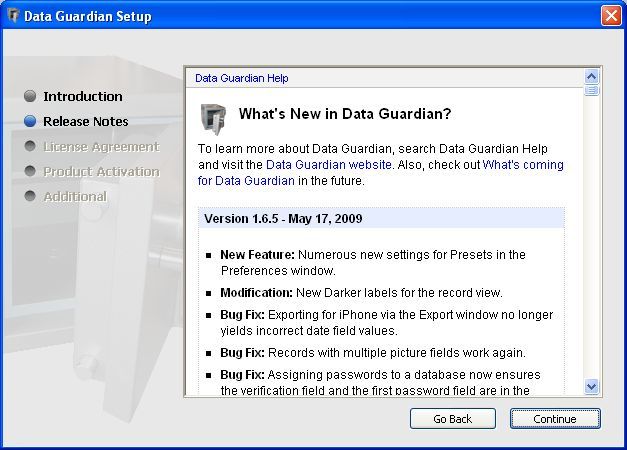

The evolution of that idea – reader first, and brands second – speaks to how the Guardian thinks about branded content. It just so happened that Paul was about to make the jump to Squarespace, so he reached back out when he joined. During a pitch to the agency where he worked at the time, the Guardian mentioned the idea and thought it would be a good fit for a brand like Squarespace. Paul first heard of the idea for “Side Hustle” before he even joined Squarespace. “We knew from content we’ve done before that readers would really be engaged with this content,” she said, “and it fit with Squarespace’s strategy to engage new entrepreneurs who are millennials.” “It was a labor of love and very Guardian-ish,” Israel said of Squarespace’s “Side Hustle” campaign, meaning that the sponsored content was very similar to the type of stories the editorial team would write about. As the lead of Guardian Labs, she’s grown the branded content team from seven to 26 in seven months. Finding the right stories for brands to tell is a passion point for Israel, who left the agency world searching for a more creative role. That’s where creating authentic content comes in. “Some we expect to be very efficient and have a high ROI because they’re close to making a decision, but in many other cases, we’re doing more to raise awareness – not only of who we are as a brand, but what people are doing with us.” “We definitely take a portfolio approach to the different marketing channels,” Paul said. In the past two years, it’s expanded from running in two channels to running in 22 channels, including hard-to-track channels like TV, radio and out-of-home. The social reactions and engagement generated by the branded content campaign gets fed back into the attribution models at Squarespace, which have grown in sophistication as the company has evolved from a targeting-focused, direct response marketer to one focused on driving broader awareness. Beyond the usual suspects like Facebook, the news aggregation app Flipboard has generated good results.Ī contest going along with the program will add user-generated content to the equation, asking people to add the hashtag #mysidehustle to Instagram photos to win coaching sessions from a fellow entrepreneur. Offsite, The Guardian uses its own social media followings to promote the campaign. It constantly experiments to figure out where to place branded content on site in order to drive the most engagement, said Rachel Israel, EVP of Guardian Labs. On site, The Guardian Labs team maximizes reach and engagement by using the same content analytics as the editorial team to track engagement and performance. Being able to amplify reach and awareness with these platforms is making it easier for brands to run effective content programs with publishers. “We’ve been using ad distribution technology and flipping it on its head and using it for content distribution,” Paul said. “The biggest challenge to doing branded content well is authenticity and credibility.”ĭistribution has also gotten easier in recent years because of platforms like Facebook, Twitter, YouTube, Taboola, Outbrain and Flipboard. “When Red Bull pushed that guy out of the spaceship a few years ago, that set the bar high for everyone else,” said Chris Paul, VP of media and acquisition for Squarespace.

#DATA GUARDIAN SQUARESPACE SERIES#
The 39-part series “Side Hustle,” unfolding over Q4 2015 and Q1 of next year, features videos and stories about small-time entrepreneurs. Via a partnership with Guardian Labs, website design company Squarespace is attempting to do just that. First, it must be authentic, entertaining and relevant, and second, it must be distributed effectively. For branded content to be a success, it must hurdle two key challenges.


 0 kommentar(er)
0 kommentar(er)
